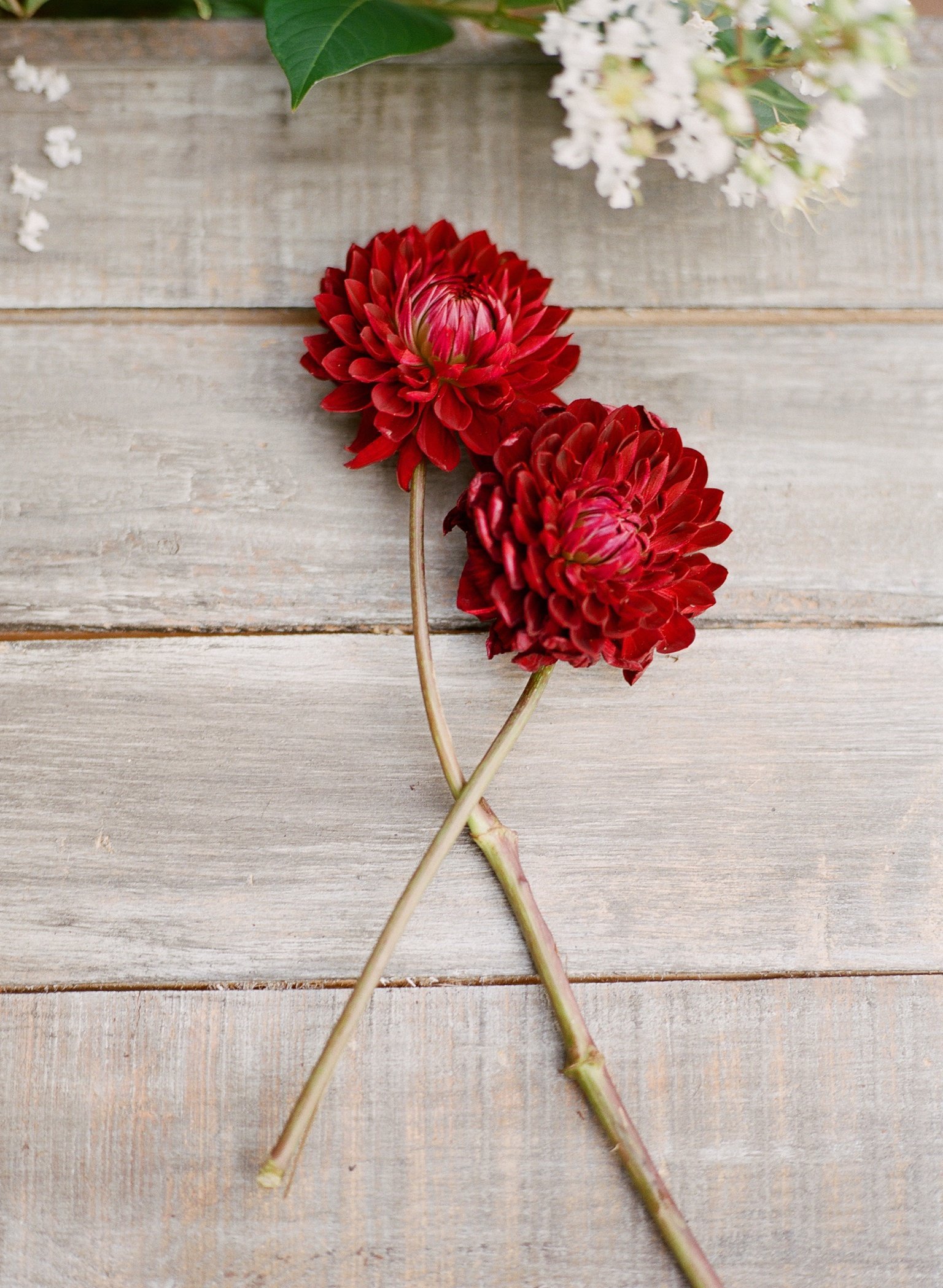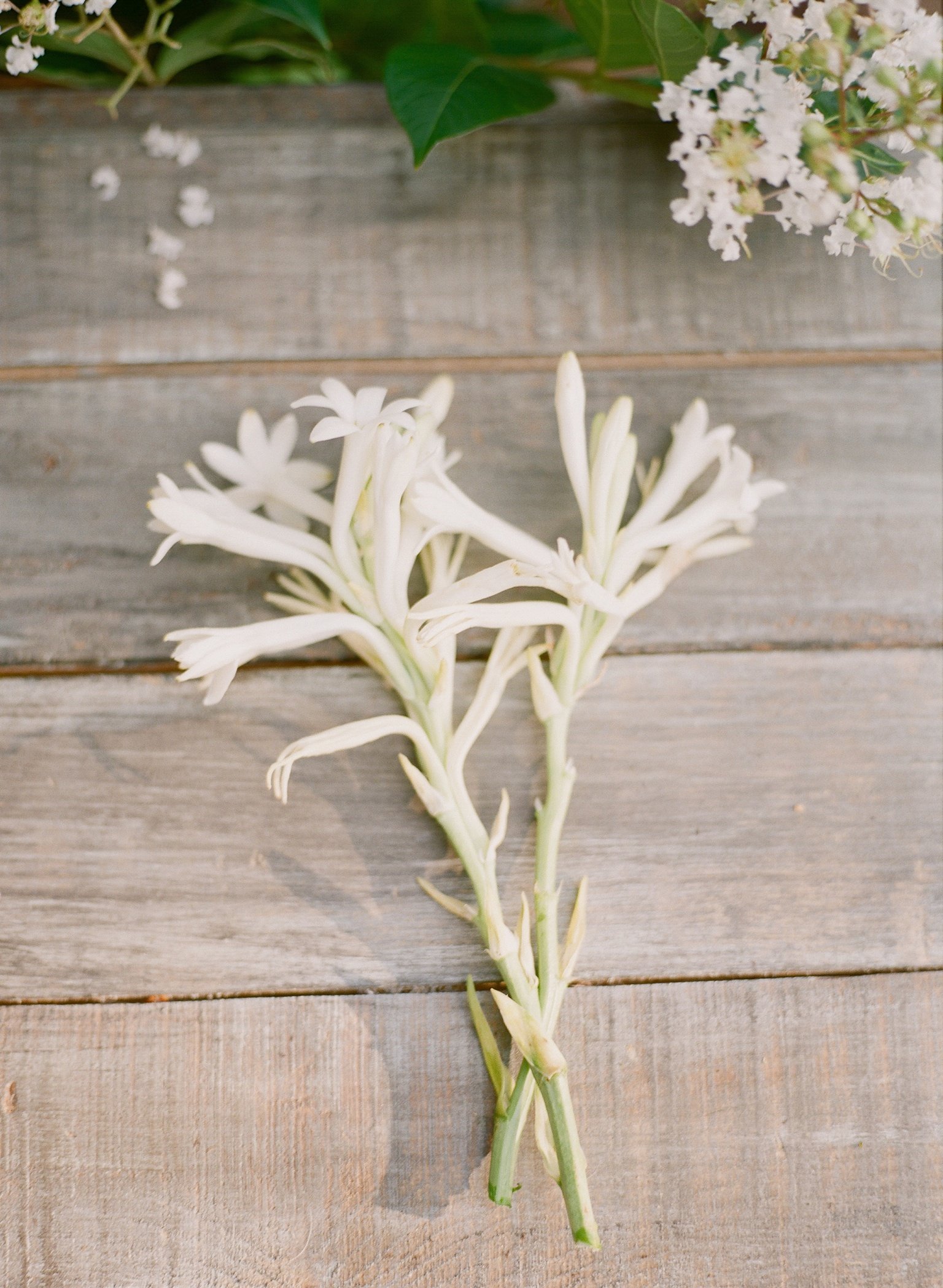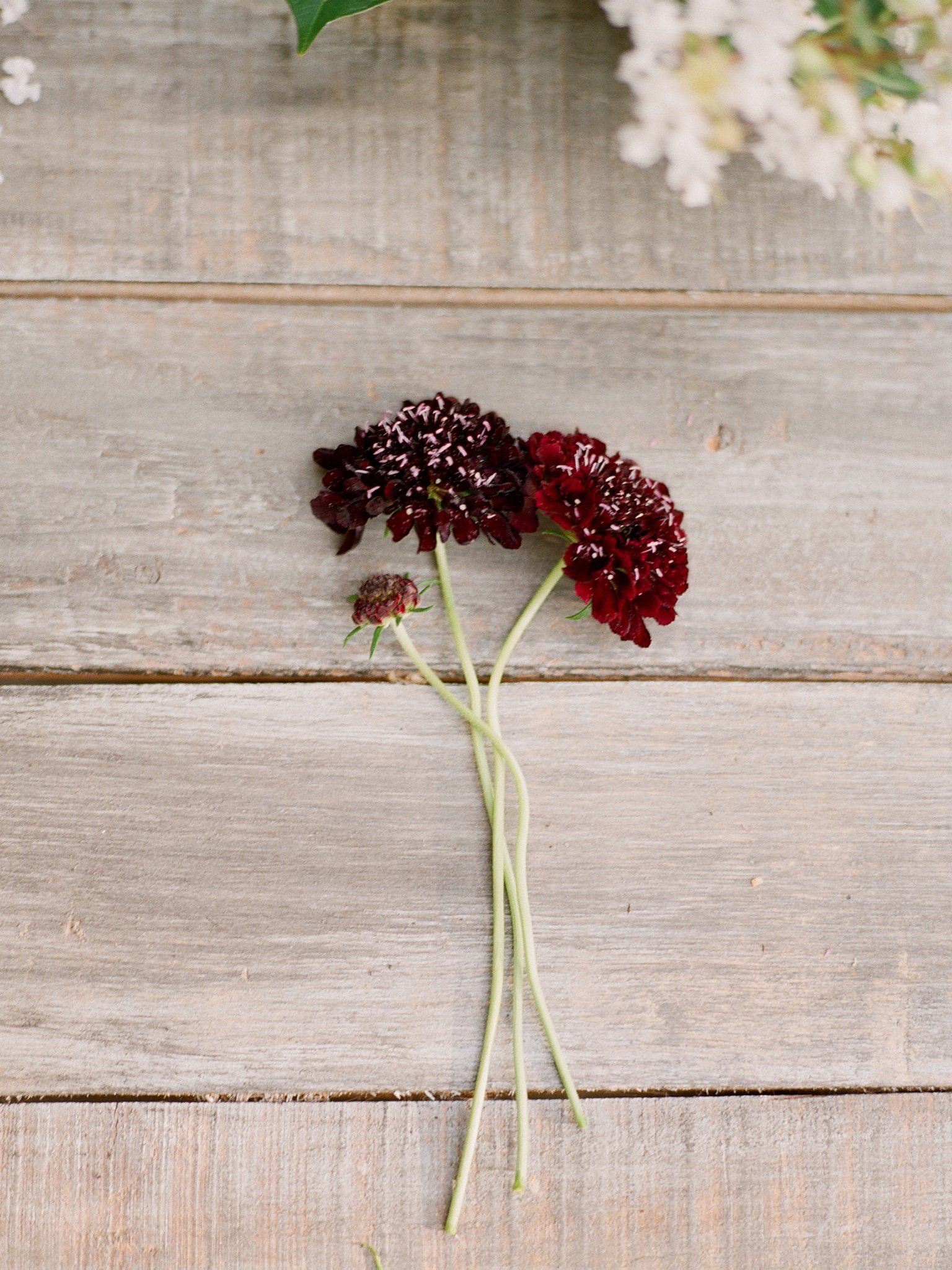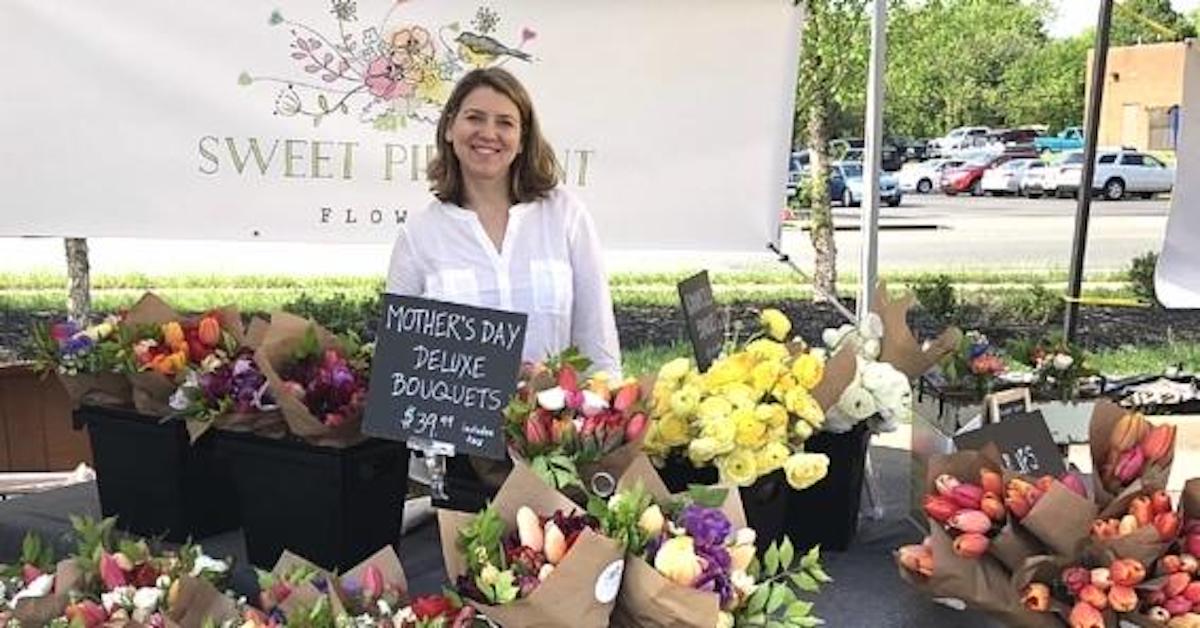Selling Flowers Wholesale: Tips for Farmers to Sell Directly to Designers
One of the challenges new flower farmers face is determining sales channels for their product.
Selling flowers wholesale to florists can be a reliable income stream for flower farmers during the growing season—and it allows for moving lots of product on a weekly basis.
Tips for Selling Flowers Wholesale to Floral Designers
In this article, we’ll cover 4 essential tips that you can utilize when building relationships in your area with local florists and event floral designers.
Find your people: Look for the floral pros who are drawn to using local blooms.
Make contact: Reach out and build relationships with floral designers and florists in your area.
Offer your best: While farmers’ market customers might appreciate the charm of a rustic bouquet (bug munches and all), florists are looking for your best cut flowers.
Communicate availability: Mother Nature is unpredictable—educate and communicate with your wholesale florist clients.
Discovering the needs of your market is top priority when looking to sell your flowers to floral designers.
Find Your People
Intimidation is real. What if they don't like my flowers? This is a genuine hurdle for many farmers who pour their heart and soul into growing.
The best way to minimize this is to find your people! Do some research. Visit local florists in the area. Follow them on social media. Do they only do prescribed recipes, or are they more artistic and creative?
Floral designers with an artistic flare or lush, garden-style designs are generally more open to working with different types of flowers than a traditional floral wholesaler can provide.
And floral designers whose arrangements change seasonally will appreciate the variability and seasonality of flower varieties grown locally.
Make Contact
How do you go about making contact? Reaching out to local floral designers Instagram or Facebook is an easy way to make a quick introduction.
Often, local florists aren't even aware of small flower farms in their area—and if you’re a newer flower farm, they may not even know you’re a local option yet!
Add a photo or two of buckets or armload pics of a single variety of blooms to your message as an example of what you can provide.
Alternatively, you can stop by the florists you identified as possibly open to local flowers (if they have a public studio or shop location) with a couple of complimentary sample bunches and a business card. It's best to stop by earlier in the week and avoid busy flower days like Friday and Saturday.
Offer Your Best
Quality is of utmost importance. Only offer the best of your farm flowers wholesale to florists.
Once you have initiated a sales relationship with a florist, be consistent with providing fresh-cut, unblemished flowers—no brown spots or bug munches.
Also, be sure to grow in large enough volume to offer several bunches of a given variety per week. Build a reputation for providing the best, and the relationship will solidify and continue. (Not to mention, that’s a great way to earn word-of-mouth recommendations, too!)
Brick-and-mortar florists can be a reliable and steady income stream. Offer free delivery with a minimum purchase and encourage a standing order of farmer's choice—whatever is seasonal and best each week. Floral designers who enjoy and embrace unique blooms will love working in new floral surprises into their designs.
Regular communication with florists is key in keeping up your weekly sales.
Communicate Availability
Invite event floral designers to inquire about availability with event date and color pallette.
When communicating with event designers, you can email an availability list if you are sure you know what you will have blooming and ready to harvest in the following week.
You can also inquire with designers who you are developing a relationship with what colors they use most often and what flowers they would like to see available locally.
Provide some education to your florists, so they understand the unpredictable nature of farming and encourage flexibility.
Many florists and designers may be unfamiliar with the challenges inherent in farming. Mother nature can throw curveballs. For example, a first frost can come too soon and prematurely terminate a dahlia crop. Or a hurricane can level a field full of summer blooms. Too much rain can even be a problem, promoting rotting roots and bacterial disease.
Open communication is key to letting them know you'll do your best to provide the blooms they need. However, encourage understanding regarding forces of nature and events out of your control as a farmer.
Once you have a few florists and designers on board, host an open house on the farm to let them see where and how you grow. This will give them an appreciation for what goes into creating their beautiful local blooms.
With wholesale distribution disruptions and global warming crop failures, there has never been a better time to spread the awareness and importance of using local flowers. Florists need product, and we can step up to fill this void while enlightening them on how valuable and beautiful local flowers can be!












